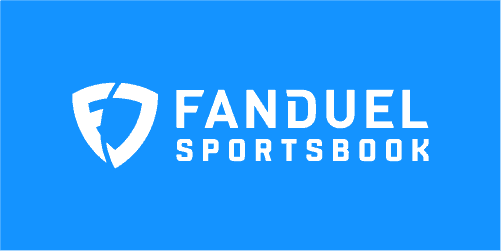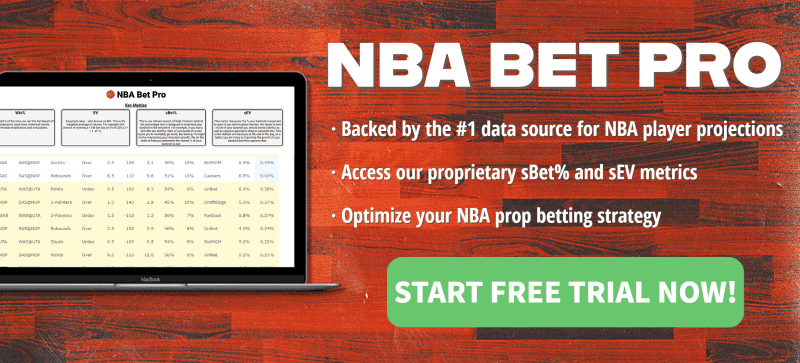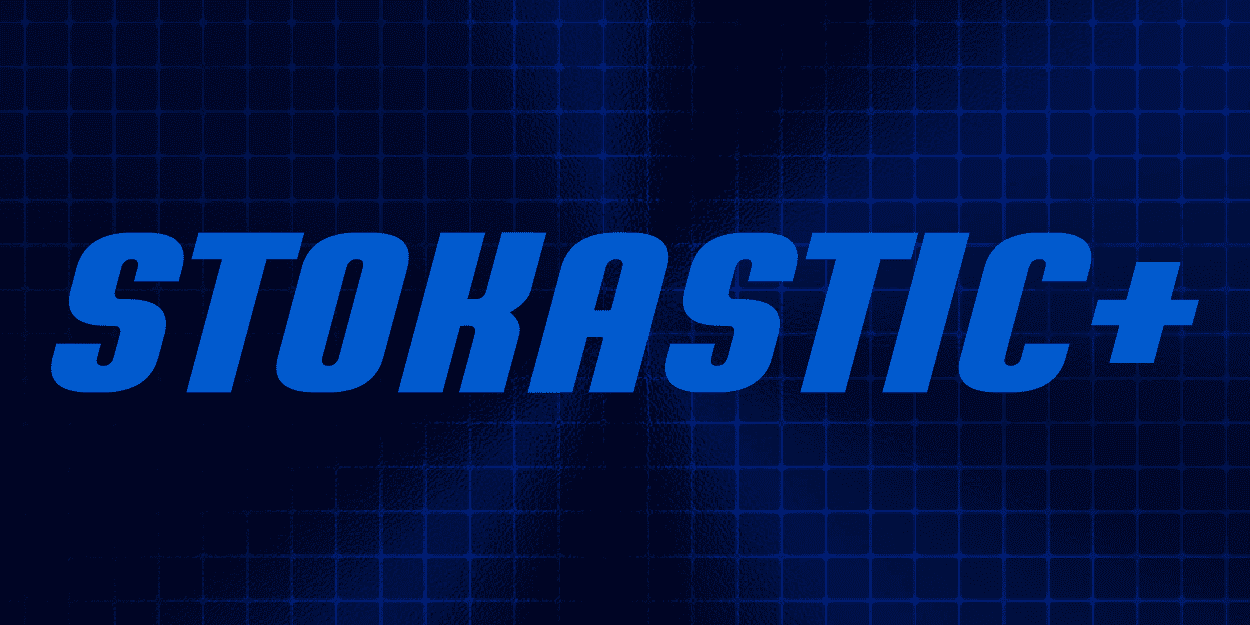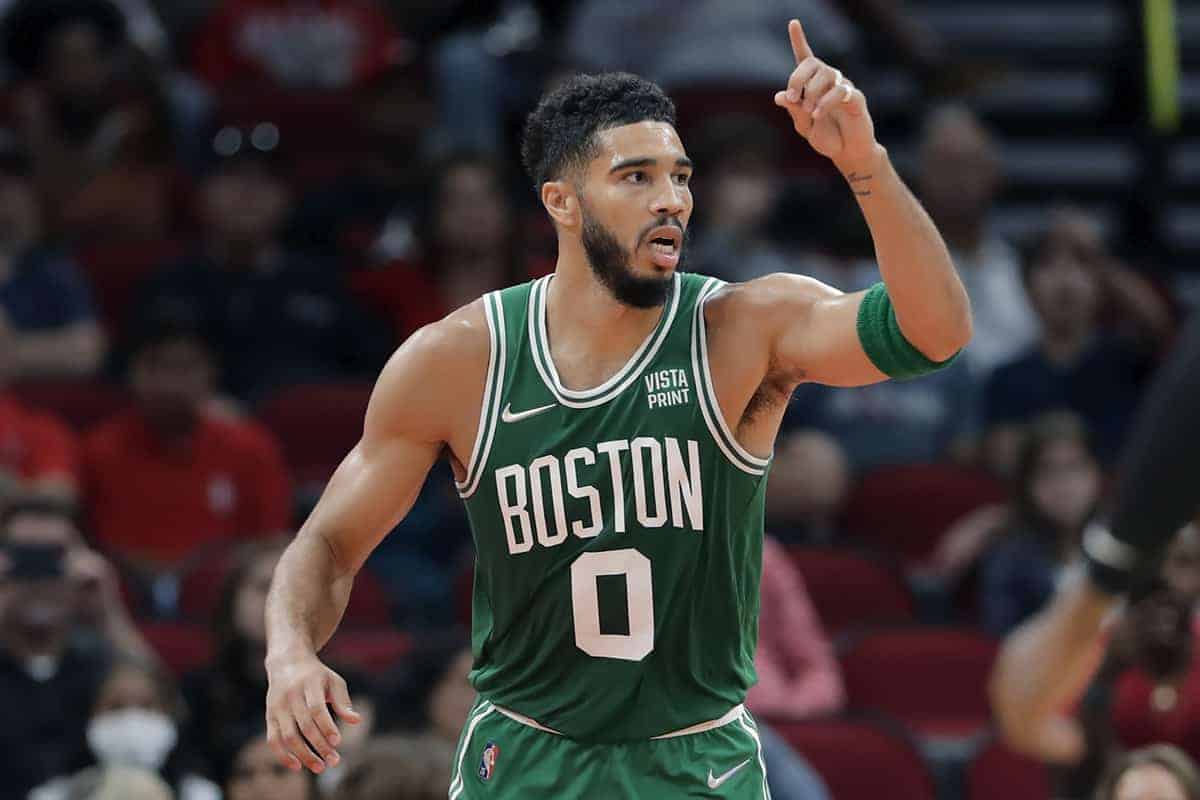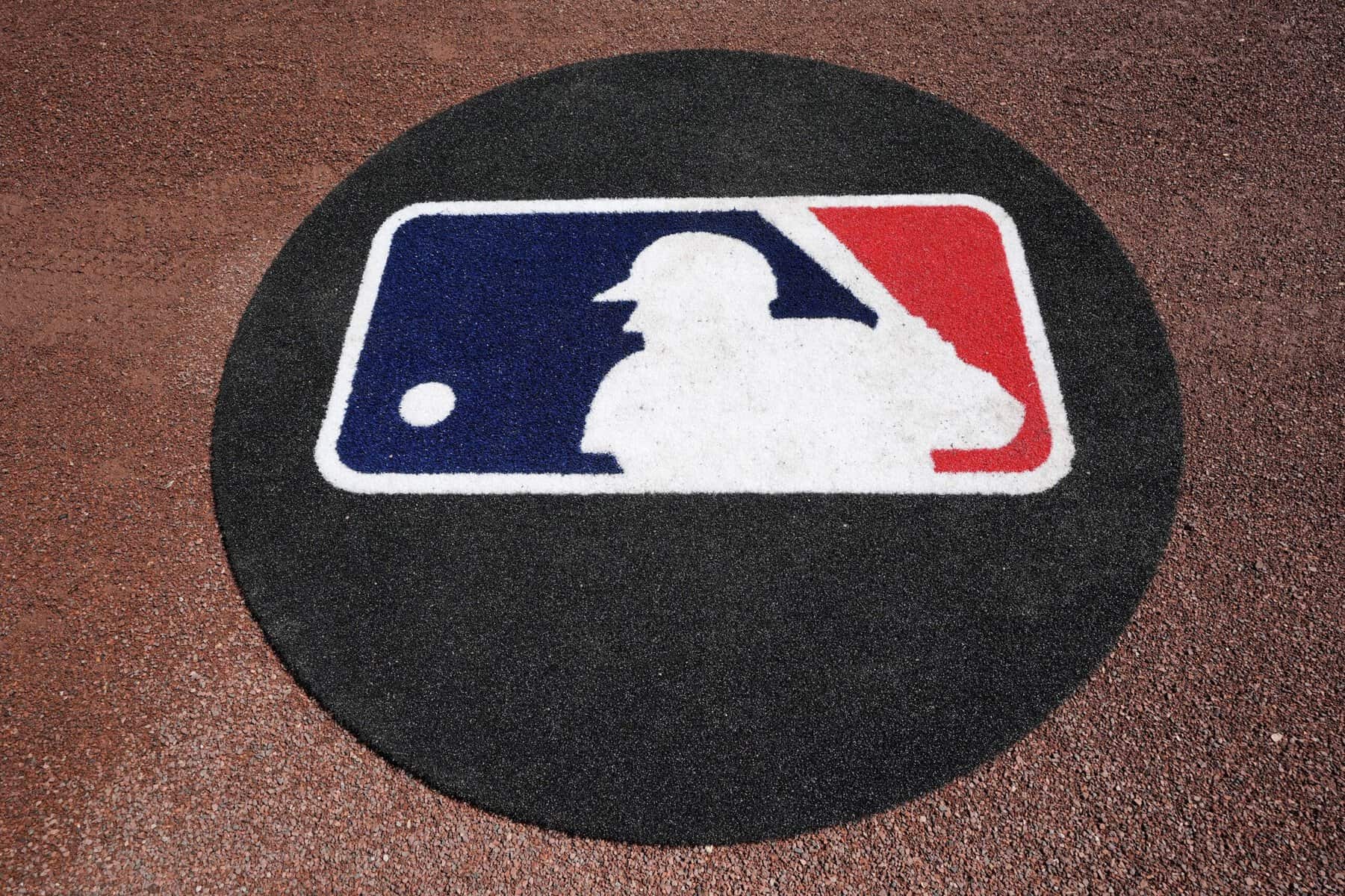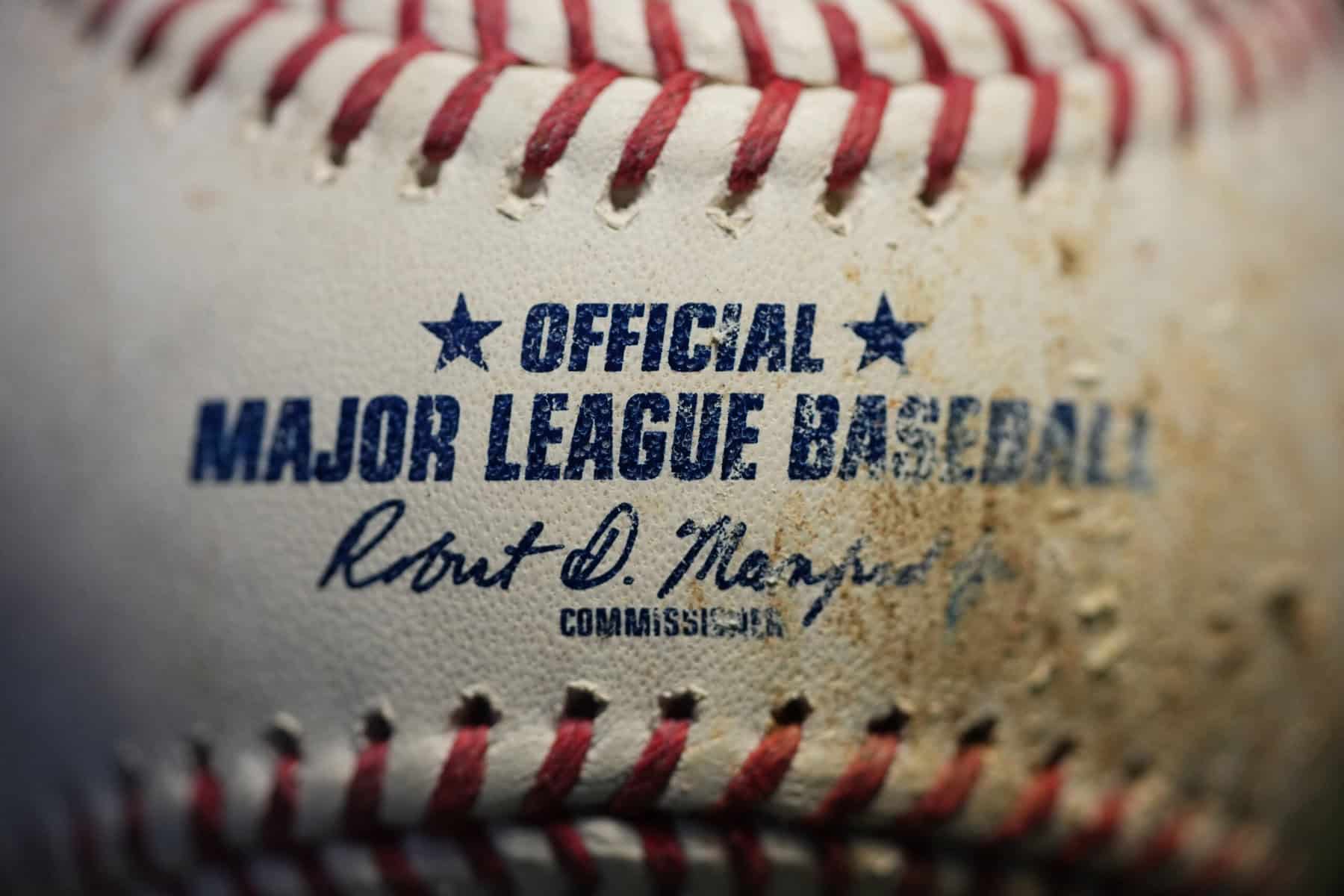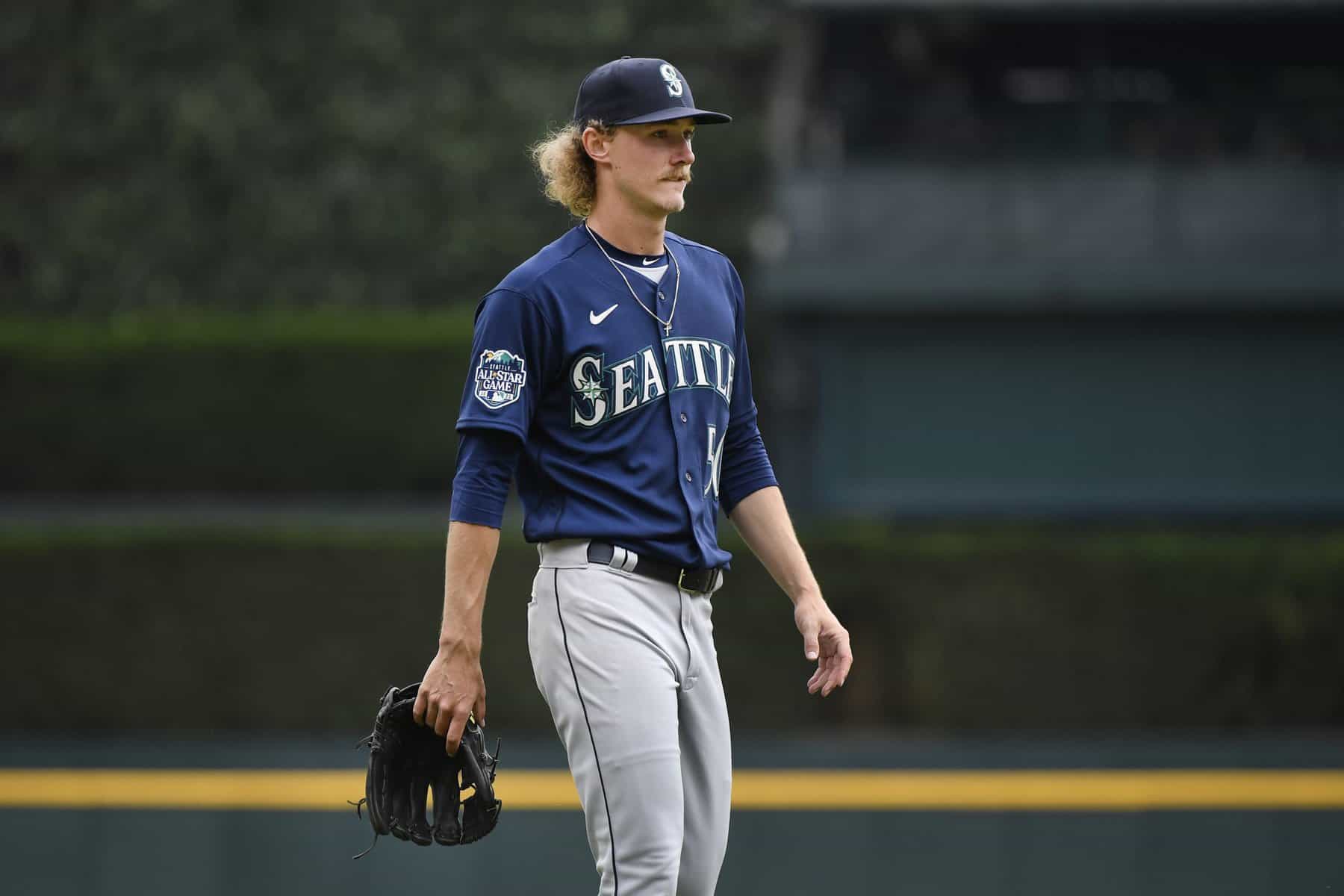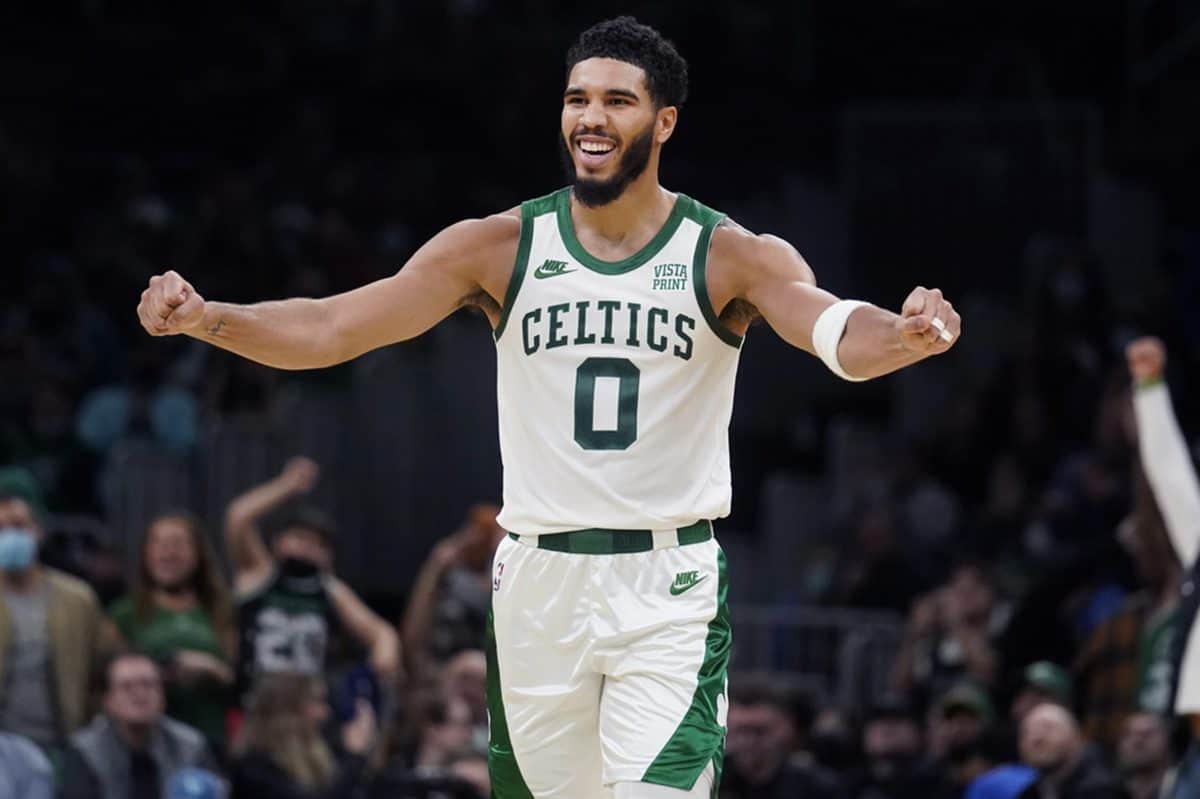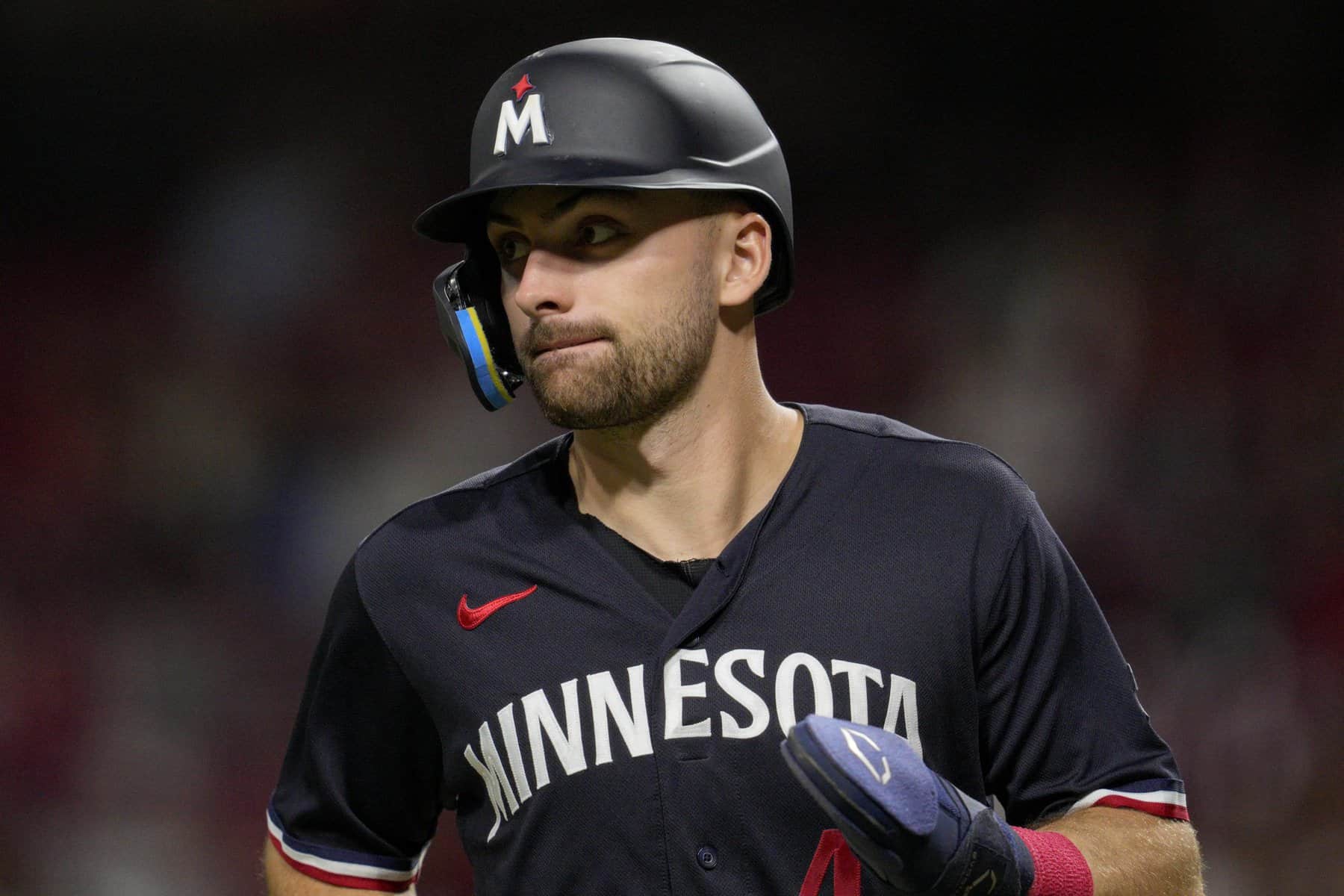For nearly a year now, I’ve been hosting the High Stakes podcast for Stokastic, interviewing DFS pros on a range of topics. There have been a lot of recurring themes on the show, but the most relevant for this article: DFS pros love NFL DFS Showdown.
That’s because a lot of casual NFL fans enter the Showdown fray to have some action on island games. As a result, DraftKings and FanDuel offer enormous contests with generous prize pools. The contests become more difficult to win, too, when there are hundreds of thousands of entrants, but with a large portion of the new players being casual, the increase in difficulty pales in comparison to the increase in prize pools. It’s a tradeoff DFS pros will gladly make.
My goal with these Showdown articles — which I’ll be writing for each Thursday Night Football and Monday Night Football NFL DFS slate this season — is to help you attack the largest-field DraftKings GPP like a pro. There are three main components to discuss when it comes to Showdown, and I’ll break them down accordingly: Projection, Correlation and Differentiation.
Before reading this article, you may find it helpful to read my evergreen piece about how to attack NFL Showdown GPPs more generally.
21+ and present in OH. Gambling Problem? Call or text 1-800-GAMBLER
Wild Card Weekend NFL DFS Showdown: Cowboys-Buccaneers MNF
Projection
The goal in DFS is to make the lineup that puts up the most points, so a natural starting point is looking at individual players who are likely to put up high scores or high point-per-dollar scores. Some pros run simulations or create their own projections to achieve this. Many others, like myself, rely on the Stokastic projections and tools to determine which players should be core pieces of our lineups. I primarily look at the base projections and the “Top NFL DFS Showdown Plays” Tool, which publishes results of 10,000 advanced simulations run by the Stokastic team.
Studs
These are simply the top projected players on the slate. I’d recommend having at least three of these players in just about every lineup you make tonight, either as captain or in a flex spot.
- Tom Brady ($10,000) is one of three players in the top projection tier, despite a tough matchup with a Cowboys defense ranked third in Pass DVOA, per Football Outsiders.
- Dak Prescott ($10,400) joins Brady in the top tier, in a mediocre matchup with a Buccaneers defense ranked 15th in Pass DVOA.
- CeeDee Lamb ($10,600) joins the quarterbacks in the top tier.
- Chris Godwin ($9,200) is one of two Buccaneers receivers in the second projection tier.
- Mike Evans ($9,600) joins Godwin in the second projection tier.
- Leonard Fournette ($7,200) is one of three running backs in the bottom tier of studs, against a Cowboys defense ranked fifth in Rush DVOA.
- Tony Pollard ($8,000) joins Fournette in the bottom tier, against a Buccaneers defense ranked 13th in Rush DVOA.
- Ezekiel Elliott ($7,800) rounds out the bottom tier of studs.
Top Point-Per-Dollar Plays
These are just a few players who will be featured throughout my lineups due to their high points-per-dollar projection. At the same time, because I’ll typically have at least three studs in each lineup, the top points-per-dollar plays are often players I’ll be pivoting away from in some lineups in favor of players who project a bit worse, but who will also garner lower ownership. I’m also excluding any player with a projection below three fantasy points from this list.
- Cade Otton ($1,800) played more than 70% of snaps in each of the past two games, seeing 13 targets over that span.
- Noah Brown ($2,400) has seen 27 targets over the past five games, though just 12 of them have come in the past three.
- Dalton Schultz ($6,400) has been targeted 19 times over the past two games, and saw another 18 targets in the three games prior to that.
- Rachaad White ($5,400) has been more involved in the offense as the season has gone on, averaging 12.4 carries and 4.7 targets per game over the past seven meaningful games.
- Michael Gallup ($5,000) has been running routes on around 90% of passing plays and has seen 17 targets over the past three games.
- Russell Gage ($5,200) has seen 21 targets over the past three meaningful games.
- As usual, all kickers and defenses are in play as solid value options. Brett Maher ($3,800) leads the group in terms of both projection and value. Prescott has thrown 15 interceptions in 12 games this season, making this an interesting spot for the Buccaneers Defense ($3,400). This is a tough spot for the Cowboys Defense ($4,800), as the Buccaneers gave up the fewest sacks in the league this year, and Brady threw just nine interceptions across 17 games.
Correlation
In NFL DFS, correlations are endless, both positive and negative. Most are minor enough that they don’t necessarily need to be factored into lineups. If you want to give a boost to your running back’s defense, for example, that’s great; but running backs will frequently be optimal without the defense also being optimal, even in NFL DFS Showdown.
The only correlations that are almost mandatory to consider on NFL DFS Showdown slates involve quarterbacks. Particularly, non-rushing quarterbacks. That’s because of the scoring dynamics on DraftKings. On each passing play, the pass catcher scores more fantasy points than the quarterback. For example, if a quarterback throws a pass for 5 yards, he’ll get 0.2 fantasy points — 1 fantasy point per 25 yards passing, divided by five. The receiver will get 1.5 fantasy points — 1 point per reception, plus half a point for 5 yards receiving. The quarterback also only gets four points per passing touchdown, while the receiver gets six points for a receiving touchdown.
The quarterback is also generally one of the most expensive players on his team. Thus, he will often need to be his team’s highest fantasy point scorer to be the optimal captain. Outside of rare occasions where the quarterback scores fantasy points by passing to a player who is not in the DraftKings player pool or gets points as a receiver on a trick play, there are essentially just two ways for the quarterback to be the highest-scoring player on his team: adding fantasy points via rushing or spreading the ball around to multiple pass catchers.
Latest NFL DFS Content
- Want to Learn How to Win a DraftKings Milly Maker With Stokastic Sims? Steve Buzzard Will Tell You How
- PrizePicks, Sleeper & Underdog Cheat Sheet: Best More/Less Picks Today for NFL (February 11)
- DraftKings NFL Cheat Sheet: Super Bowl Sims Picks | George Kittle
- NFL Super Bowl 58 DFS Picks: 49ers vs. Chiefs (February 11)
- NFL DFS Captain Picks for Super Bowl 58: Rashee Rice, George Kittle & More
- Stokastic DFS on Youtube
Some General Thoughts
- If you play a quarterback at captain, and he does not have rushing upside, and he is the most expensive player on his team, you will almost always want to have multiple of his team’s pass catchers in the flex. This is also largely true if the quarterback is only slightly less expensive than the most expensive pass catcher on his team.
- If you play a quarterback at captain, and he has moderate rushing upside, you can consider playing just one of his pass catchers in the flex — but multiple may still be preferred, depending on the extent of that rushing upside. The quarterback’s price may also come into play here; the more expensive he is, the more likely you’ll need to have multiple pass catchers in the flex.
- If you play a quarterback at captain, and he has major rushing upside, you don’t necessarily need to play any pass catchers in the flex. This is relatively uncommon, and only applies to a few quarterbacks.
- If you play a quarterback in the flex, and he does not have rushing upside, you will generally want to have at least one of his pass catchers elsewhere in the lineup, either at captain or in another flex spot.
- If you play a quarterback in the flex, and he has moderate to high rushing upside, you don’t necessarily need to include one of his pass catchers elsewhere in the lineup. But there will always be positive correlation there between a quarterback and his pass catchers.
Some Cowboys-Buccaneers Game-Specific Thoughts
- If you play Brady: Brady has logged 29 rushing attempts this year for a total of negative one yard. He does have one rushing touchdown on the season. Brady should always be paired with at least one pass catcher, and multiple pass catchers is preferred if he’s in the captain spot. Fournette and White can be considered pass catchers.
- If you play Prescott: Prescott has rushed for 15 yards per game this season, adding one rushing touchdown. He should always be paired with at least one pass catcher, and most of the time two is preferred when he is played at captain. Pollard and Elliott can be considered pass catchers.
21+ and present in OH. Gambling Problem? Call or text 1-800-GAMBLER
Differentiation
Making highly projected lineups with smart correlations will separate you from the lowest level Showdown players, but there are many very smart casual players as well. Differentiation is the last step to separating pros from Joes.
In just about any DFS GPP, finding low-owned gems is key because lower ownership reduces the field of lineups you’re competing against when the player has a 99th-percentile outcome. Taking it to the extreme, just as a thought exercise, let’s say that Pollard scores 100 fantasy points tonight. You’re not just going to need him; you’ll need him in the captain spot (150 fantasy points). If 20,000 lineups in your contest have Pollard in the captain spot, you’ve essentially reduced the field of lineups you’re competing with to 20,000. If only 200 lineups have Pollard at captain, now we’re talking.
On NFL DFS Showdown slates there is an additional factor for large-field GPPs. We don’t just want to find seldomly used players; we want to find seldomly used LINEUPS. Why? Well, I’ll give you two examples from last year:
- On Sept. 20, 2021, DraftKings had a Milly Maker for the Packers-Lions tilt, but the top lineup was duplicated 231 times. Rather than winning a million dollars, the users who entered those 231 lineups had to split the top 231 prizes, for just a bit over $6,000 each. That’s despite having everything go their way, which requires an extreme amount of luck.
- On Oct. 11, 2021, we saw the other end of the spectrum: User rcoho1984 played a unique lineup in the Ravens-Colts Milly Maker, taking home not just a million dollars but a ticket to the Tournament of Champions.
If you’re going to win — which takes a lot of luck, regardless of how well your lineup projects — I’d suggest making it count. I’m not necessarily concerned with making an entirely unique lineup like rcoho1984 did every single time, but I aim to be a lot closer to their unique lineup than those that were duplicated 231 times.
Some Easy Tricks
Low-owned players. Yup, even if you’re using other tricks to get unique, it’s still a good idea to play a few players in some of your lineups who won’t be getting much ownership. Some low-owned players to consider:
- Julio Jones ($4,400) is too expensive for his projection, but as a result, comes at an ownership discount. There is a chance the Buccaneers are willing to give their veteran WR more run with the season on the line. If not, he is still likely to run routes on at least a quarter of passing plays, potentially enough to pay off his salary.
- T.Y. Hilton ($3,000) only joined the Cowboys in week 16, but has already earned a nice chunk of the target share, with nine targets over the past two games.
Embrace lineups missing some correlation pieces or even with some negative correlation. Generally, highly correlated lineups will be over-owned, whereas the field will avoid negative correlation at all costs. If you want to read my reasoning, check out the evergreen piece I linked near the top of this page. In some of my lineups, I like to see the following:
- Quarterback against opposing defense.
- Pass catcher at captain without including the quarterback at flex.
- Multiple running backs from the same team in a lineup.
Leave salary on the table. This is the easiest way to lower your duplicates. Casual players assume that if they have salary left over, they should upgrade. The problem with this approach is that it almost inevitably leads to highly duplicated lineups. How much salary should you leave on the table? That’s up to you. If it’s less than $600 and you haven’t gotten extremely unique with player selections and weird correlations, it’s likely you’ll have to split any winnings with many other entries.
Thanks for reading to the end of this article! If you appreciate this free content and want to see more of it every day, you can help us out by sharing this article on social media!

